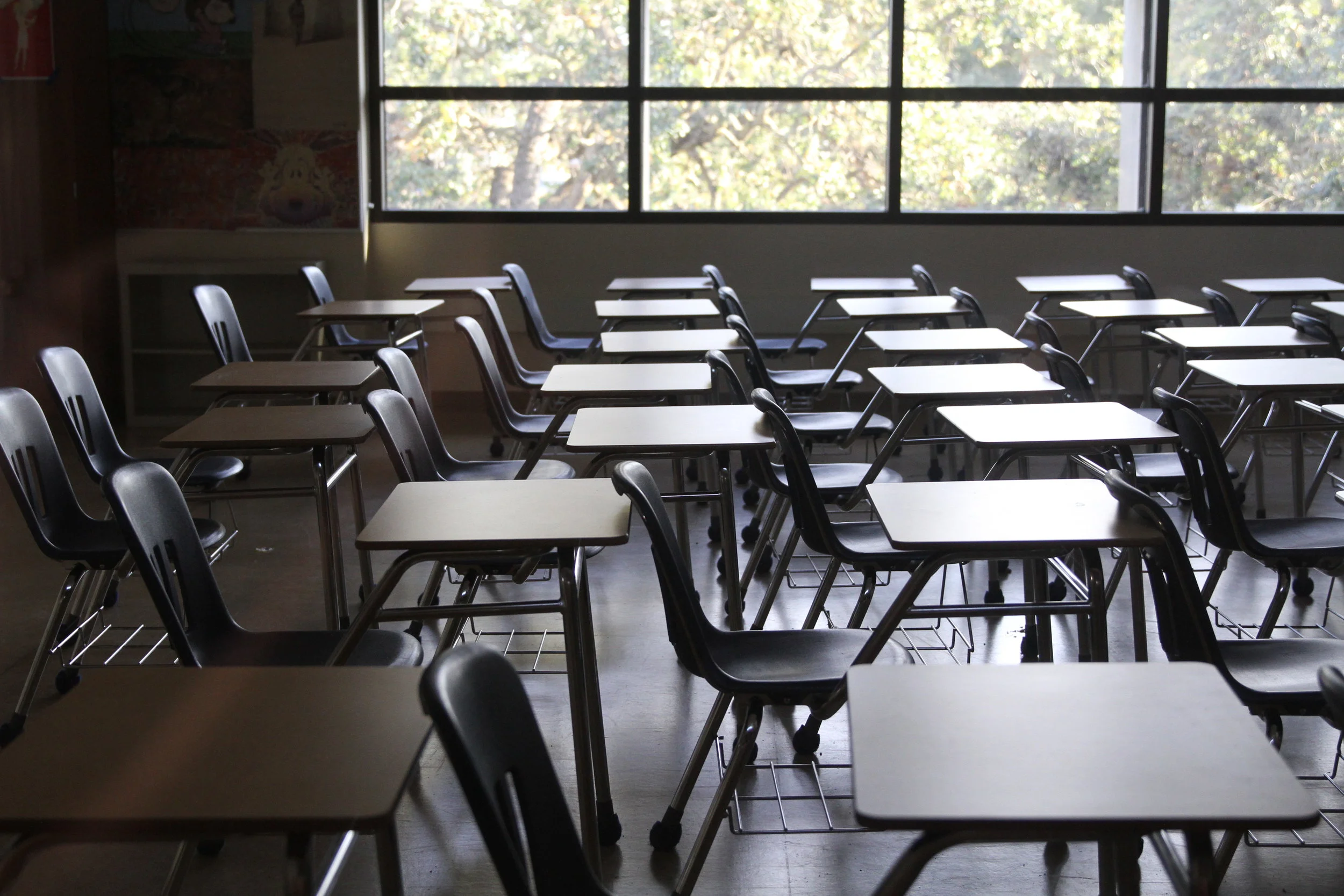
Education

School from an RV: One family's rocky journey through distance learning

'They gave us our child back.' How nonpublic schools serve the education system's neediest students

In East Palo Alto, a microcosm of the state's heated charter school debate




